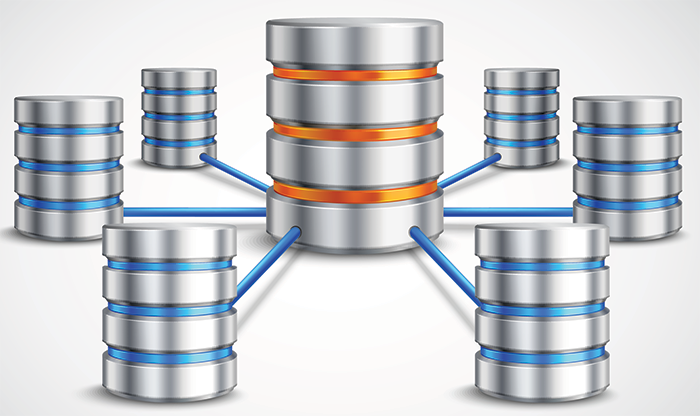When moving from conventional marketing to a data-driven strategy that highlights customer knowledge and customized content, it’s easy to focus on the setup and lose sight of the ultimate goal – driving revenue. Without that long-range view, though, you could fall short of the growth marketing database services promise. This six-step strategy takes you from initial planning phases to assessing effectiveness and working with your marketing database manager toward continual improvement.
Segmentation
Your first step in any data-assisted marketing program is to get a handle on your market segments. Classifying your prospects and customers by SIC codes, ZIP codes, company size, and other metrics lets you address their needs better and gives you a clearer understanding of your audience. At the most fundamental level are demographic and firmographic categories such as those listed above. The next level of data-assisted segmentation builds on that foundation with lead scoring and customer modeling processes that allow you to incorporate behavioral and contextual cues when deciding how to approach your audience.
Acquisition
You’ve probably heard about the 80/20 rule – that is, 80 percent of your business comes from the top 20 percent of your customers. Your company’s proportions may vary a bit, but in almost every industry, some prospects and customers have a higher lifetime value than others. Identifying and connecting with these high-potential leads is a primary goal of your lead gen activities. The segmentation you’ve already done is an asset for customer acquisition, letting you tailor your approach to your most promising leads. When you focus your efforts on your most valued leads, you also reduce effort courting non-viable leads, making your marketing more efficient.
Penetration
Database marketing helps you track penetration within an organization, letting you see not only where your sales team can create initial sales opportunities but also how they can optimize revenue with cross-selling, replenishment, and up-selling. How well you’ve managed to penetrate a market is a particularly important consideration for mature businesses that need to find ways to tend their already flourishing gardens rather than claiming new territory.
Retention
Customer acquisition is costly; retention is far more economical. Finding ways to retain your customers is key to long-term success. The better you know your customers, the more you’re able to fulfill their needs. Database marketing relates directly to customer knowledge, helping you convert new customers more efficiently, build rapport with those you already have, and rescue many accounts that have gone dormant or show signs of leaving. Customer loyalty programs and value-added marketing dovetail beautifully with data that gives you insight into who your customers are.
Intelligence
Data in isolation tells you a short story. Data in aggregate form is a page-turning novel or even a whole series of books. Derived information – not just the raw data you collect but the knowledge gained from interpreting that data – is critical to a deeper understanding of your customers, primary revenue drivers, and marketing successes.
Analysis
With gathered and derived data, you and your database management team can analyze every aspect of your marketing activity, building on strengths and shoring up areas that presented a greater challenge. Analytics also tell you when what used to work is no longer as effective, a vital application in an ever-changing professional environment. After verification and data hygiene processes to ensure your data stays fresh, you’re ready to start the process over again, improving results with every iteration of the cycle.
© Reach Marketing LLC 2016 All Rights Reserved.







